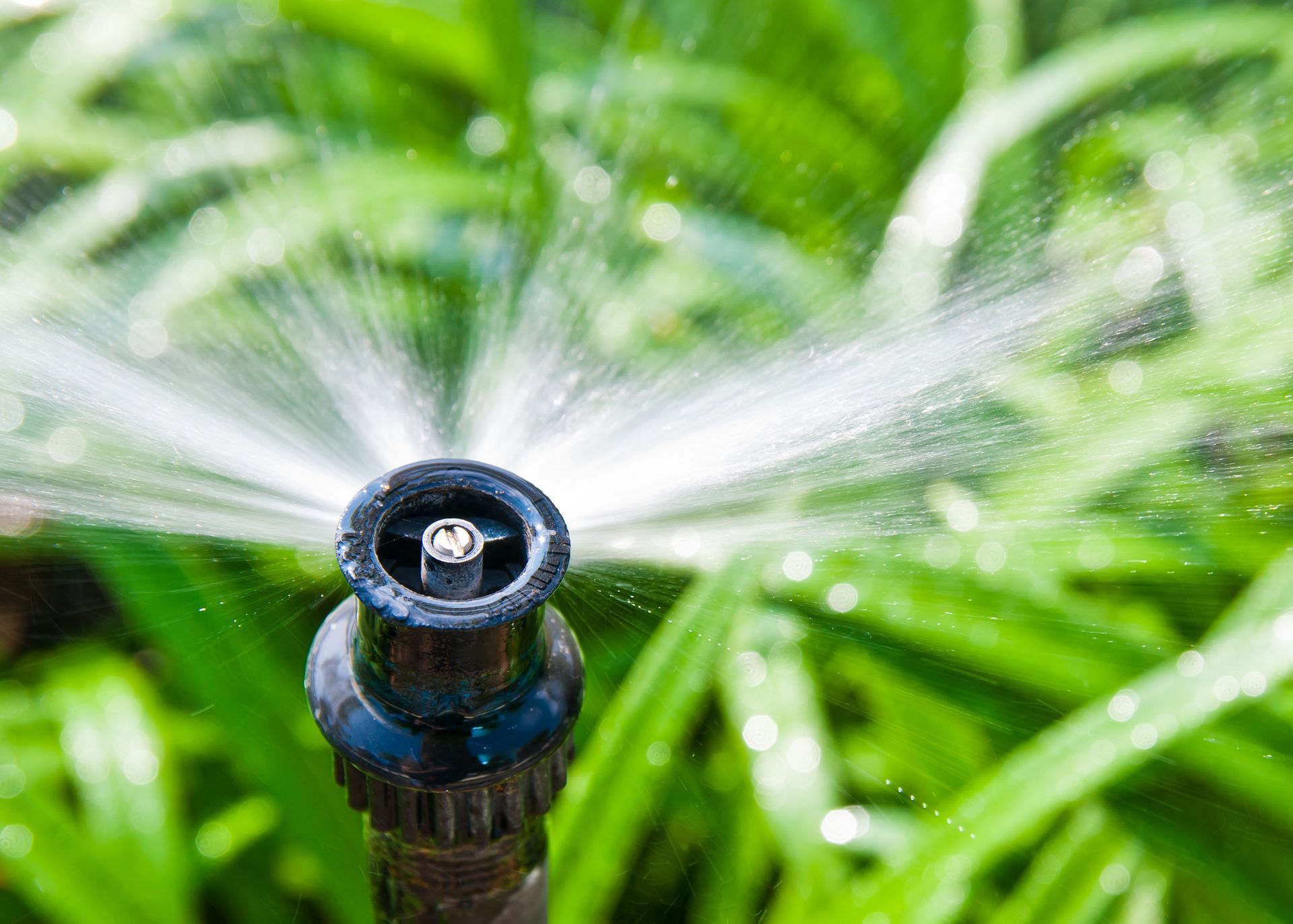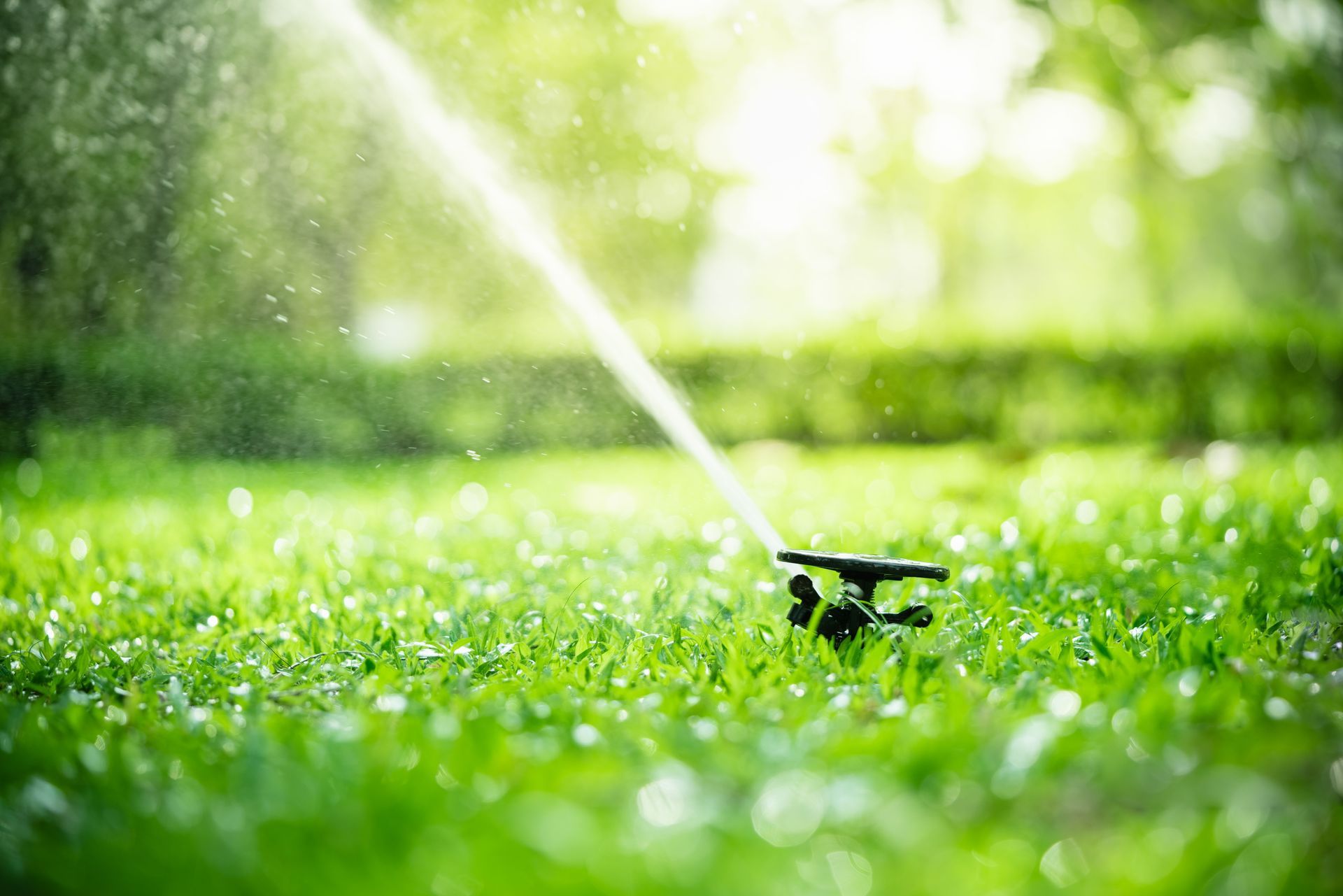8 Signs That Your Lawn Isn't Getting the Right Amount of Water
A beautiful, lush lawn takes work - including proper watering. The amount of water your lawn needs depends on factors like climate, grass type, and season. According to Forbes, the majority of lawns need one to one-and-a-half inches of water weekly. It's important to watch for signs you may be over or under-watering your lawn. Spotting issues early can allow you to adjust your lawn sprinkler system and get your grass back to looking its best. Here are eight telling signs your lawn isn't getting the optimum amount of water.
1. Dry, Crunchy Grass
If your grass is looking dried out, brittle, and crunchy underfoot, it likely needs more water. When grass plants don't get enough moisture, they will start to turn brown and die. Increase watering times to provide more hydration. You may need to bump up watering in the heat of summer when more moisture evaporates. Dry, crunchy grass calls for promptly adjusting and repairing sprinklers to provide more water.
2. Mushy Spots
On the other hand, too much water can be just as damaging to your lawn. Overwatering leads to mushy brown patches or muddy areas. Grass needs oxygen around its roots to thrive. Soggy soil prevents air from reaching the roots. Check that your lawn isn't getting excessive water from sprinklers or standing puddles after heavy rain. Adjust sprinkler run times downwards if needed. Also, consider increasing sun exposure to help dry out mushy spots. Proper lawn sprinkler repair and watering routines will restore health.
3. Weeds Popping Up
Weeds like dandelions are opportunistic invaders. They are adept at moving into lawns that aren't healthy enough to choke them out. If you suddenly notice more weeds taking root, it may be a red flag your grass isn't getting enough water. Weeds have deep root systems that pull up more water reserves, allowing them to gain a foothold in drier conditions. Make sure your lawn is well-hydrated to limit weed opportunities. Tackle weeds ASAP before they spread seeds.
4. Increased Pest Problems
Lack of water also makes your lawn more prone to pest issues like grubs, chinch bugs, and sod webworms. Healthy, hydrated grass is more resistant to damage from these invaders. Grass plants that are drought-stressed have less energy to fend off attacking pests. Make sure your lawn is getting adequate moisture consistently. Address any pest infestations quickly with appropriate treatments before they destroy more turf. Proper watering promotes thick, vigorous grass that wards off pests naturally.
5. Thatch Buildup
Overwatering frequently leads to thatch buildup in lawns over time. Thatch is a dense layer of undecomposed roots, stems, and debris right above the soil. Too much moisture prevents organic matter from breaking down properly below. A half-inch of thatch is normal, but thicker layers block water, air, and nutrients from reaching the soil and roots. Dethatching or aerating may be necessary to break up excessive thatch and encourage decomposition. Reduce watering durations to avoid worsening the issue going forward.
6. Fungal Disease Outbreaks
Excess moisture opens the door to fungal diseases like brown patches, dollar spots, and fusarium blight. These nasty fungi thrive in wet, humid conditions. Watch for patches of brown, dying grass or circular lesions spreading across your lawn as a red flag. The increased dampness encourages fungal spores to germinate and attack grass plants. Cut back on watering durations if fungal diseases emerge. Improve airflow and light penetration to affected areas as well. Apply fungicide treatments as a remedy if the fungal disease is severe.
7. Poor Root Development
The depth and strength of your grassroots offer big clues on watering. Grass with short, stunted roots indicates too much moisture. Shallow roots can't access nutrients and water deeper in the soil profile. Reduce the frequency and amount of watering to encourage plants to grow deep, robust roots. Properly hydrated soil will still have some moisture lower down that plants can reach for. Let the top inch or two of soil dry out between waterings to promote depth.
8. Excess Algae Growth
Overly wet lawns are susceptible to algae growth, giving the grass a greenish-black hue. Moss and slimy films popping up are other signs of excessive moisture. Algae and moss thrive in soggy, compacted soils. Cut back any obvious buildup manually and adjust your sprinklers to provide less water. Improve drainage in low spots where standing water collects after rain. Allow the soil surface to dry out completely between waterings to discourage algae return. Proper moisture levels will support healthy grass.
Pay attention to these eight warning signs to catch lawn watering issues early. Adjust sprinkler schedules, maintenance, and lawn sprinkler repair as needed to restore proper moisture levels. With the right amount of water, your lawn will thrive like never before! Let these tips help you achieve a healthy, flourishing landscape all year round. Should you notice any of these signs, your yard likely isn't getting the water it needs.
If you are dealing with any of the problems above, reach out to our team at The Sprinkler Man Inc today. Let our lawn sprinkler repair company help to ensure it gets the water it needs to thrive. We have over 30 years of experience and offer emergency services.
SERVING
HOURS
HOURS
CONTACT US
For Emergencies Only
Please Call (239) 269 -2449




Share On: